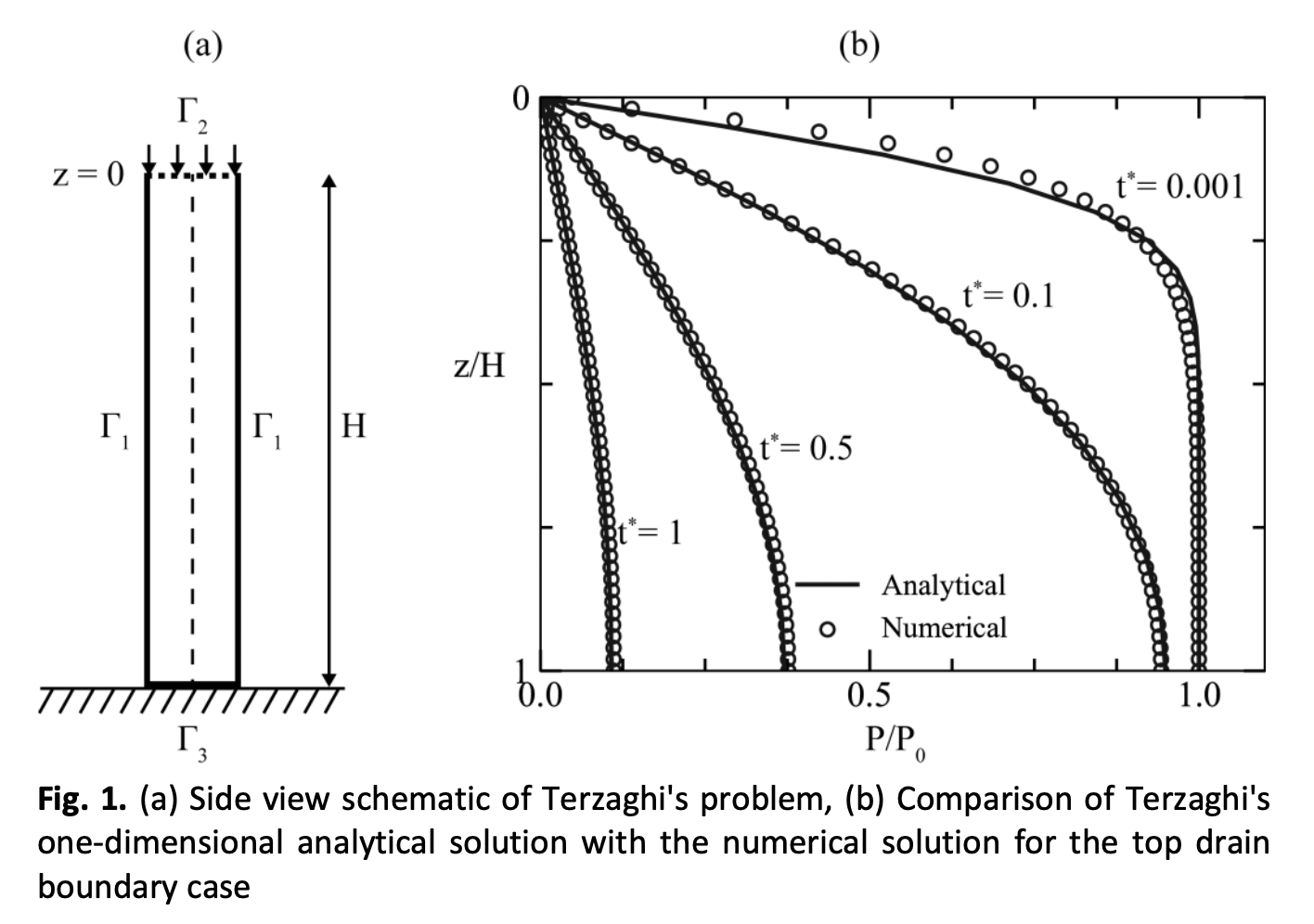A Study on the Production Performance of a Horizontal Shale Gas Well Using a Fully Coupled Flow and Geomechanics Modeling
DOI:
https://doi.org/10.37934/arfmts.105.2.146165Keywords:
Shale gas, horizontal well, geomechanics, reservoir simulation, fluid flowAbstract
Conventional petroleum reservoir simulators use constant rock compressibility to denote rock deformation. However, due to the stress-sensitive nature of the shale formations, using constant rock compressibility in reservoir simulators does not accurately capture the pressure diffusion in the reservoir, leading to a higher error margin in flow rate estimation. Fluid flow coupling with geomechanics is used to account for such a phenomenon numerically. Such an approach is important for shale numerical studies and any energy underground storage modeling (i.e., CO2 storage). Usually, when fluid flow coupling with geomechanics is studied for shale formations, the fluid, and the stimulated reservoir petrophysical properties are overlooked. This paper aims to present a study on the effect of the fluid and reservoir petrophysical properties on the performance of a gas-producing well. In addition, the results from the cases when geomechanics is coupled and decoupled with fluid flow in reservoir simulations are compared. The governing equations were discretized using the Finite Element Method. First, the model was validated against Terzaghi's consolidation theory analytical solution. After that, a history matching for the production flow rate was performed using field production data from Barnett Shale. Then a sensitivity analysis was carried out for the gas viscosity, Stimulated Reservoir Volume (SRV) porosity, and fracture conductivity. Next, the sensitivity analysis was conducted for the coupled and decoupled cases. Finally, the sensitivity analysis results were compared between the coupled and decoupled cases. The results show that lower gas viscosity, higher SRV porosity, and higher fracture conductivity improved horizontal well production performance. In addition, when the geomechanical effects were decoupled, the reservoir simulator overestimated the production flow rate and cumulative production.
Downloads

































